Pemrosesan cetakan
- 2024-10-29
Pembuatan cetakan mengacu pada pemrosesan alat pembentuk dan pengosongan, serta pemotongan dan pemotongan cetakan. Biasanya cetakan terdiri dari dua bagian: cetakan atas dan cetakan bawah. Tempatkan pelat baja di antara cetakan atas dan bawah, dan bahan tersebut terbentuk di bawah aksi pers. Ketika mesin press dibuka, benda kerja yang ditentukan oleh bentuk cetakan akan diperoleh atau limbah yang bersangkutan akan dibuang. Dari konektor elektronik hingga panel instrumen otomotif, benda kerja dapat dicetak menggunakan cetakan. Cetakan progresif mengacu pada sekumpulan cetakan yang secara otomatis dapat memindahkan benda kerja yang diproses dari satu stasiun kerja ke stasiun kerja lainnya dan mendapatkan bagian cetakan di stasiun kerja terakhir. Teknologi pemrosesan cetakan meliputi cetakan pemotongan, cetakan stamping, cetakan komposit, cetakan ekstrusi, cetakan empat slide, cetakan progresif, cetakan stamping, cetakan die-cutting, dll.
1. Cetakan stempel logam: cetakan kontinu, cetakan tunggal, cetakan komposit, cetakan peregangan
2. Cetakan cetakan plastik: cetakan injeksi, cetakan ekstrusi, cetakan pembentuk vakum
3. Cetakan die casting
4. Menempa cetakan
5. Cetakan metalurgi serbuk
6. Cetakan karet
Pemotongan: bahan cetakan depan, bahan cetakan belakang, bahan sisipan, bahan baris, bahan atas miring;
Pembukaan bingkai: bingkai cetakan depan, bingkai cetakan belakang;
Penebalan: Penebalan rongga cetakan depan, rongga cetakan belakang, dan garis perpisahan;
Gong tembaga: gong tembaga cetakan depan, gong tembaga cetakan belakang, garis perpisahan gong tembaga sudut bening;
Pemotongan kawat: garis perpisahan tatahan, jantan tembaga, posisi bantal atas miring;
Gong komputer: garis perpisahan gong halus, inti cetakan belakang gong halus;
Percikan listrik: cetakan depan kasar, tembaga jantan, kawat cetakan jantan sudut bening, posisi tulang cetakan belakang, posisi bantal;
Pengeboran, lubang kecil, dan pin atas;
UGNX, Pro/NC, CATIA, MasterCAM, SurfCAM, TopSolid CAM, SPACE-E, CAMWORKS, WorkNC, TEBIS, HyperMILL, Powermill, GibbsCAM, FEATURECAM, dan banyak lagi
(1) Satu set cetakan umumnya terdiri dari cetakan cekung, cetakan cembung, dan rangka cetakan, dan beberapa juga dapat berupa beberapa modul rakitan. Jadi kombinasi cetakan atas dan bawah, kombinasi sisipan dan rongga, serta perakitan antar modul semuanya memerlukan akurasi pemesinan yang tinggi. Keakuratan dimensi cetakan presisi seringkali mencapai tingkat mikrometer.
(2) Beberapa produk, seperti penutup mobil, suku cadang pesawat terbang, mainan, dan peralatan rumah tangga, memiliki bentuk dan permukaan kompleks yang terdiri dari beberapa permukaan melengkung. Oleh karena itu, permukaan rongga cetakan sangat kompleks. Beberapa permukaan harus diproses menggunakan metode perhitungan matematis.
(3) Produksi cetakan dalam jumlah kecil bukanlah produksi massal, dan dalam banyak kasus hanya diproduksi satu batch.
(4) Dalam pemrosesan cetakan multi-proses, berbagai proses seperti penggilingan, pengeboran, pengeboran, reaming, dan threading selalu digunakan.
(5) Penggunaan cetakan produksi berulang memiliki masa pakai. Apabila penggunaan suatu cetakan melebihi masa pakainya, maka cetakan baru perlu diganti, sehingga produksi cetakan sering kali memiliki kemampuan pengulangan.
(6) Dalam produksi cetakan pemesinan tiruan, terkadang tidak ada gambar maupun data, sehingga pemesinan tiruan perlu dilakukan berdasarkan objek sebenarnya. Ini membutuhkan akurasi imitasi yang tinggi dan tidak adanya deformasi.
(7) Bahan cetakannya sangat bagus dan memiliki kekerasan yang tinggi. Bahan utama cetakan seringkali terbuat dari baja paduan berkualitas tinggi, terutama untuk cetakan dengan umur pemakaian yang lama sering kali terbuat dari baja martensit seperti Crl2 dan CrWMn. Baja jenis ini memiliki persyaratan yang ketat mulai dari penempaan kasar, pemrosesan hingga perlakuan panas. Oleh karena itu, perumusan teknologi pengolahan tidak dapat diabaikan, dan deformasi perlakuan panas juga merupakan masalah serius yang perlu ditangani secara serius dalam pengolahan.
Berdasarkan karakteristik di atas, pemilihan peralatan mesin harus semaksimal mungkin memenuhi persyaratan pemrosesan. Sistem kendali numerik harus memiliki fungsi yang kuat, akurasi peralatan mesin yang tinggi, kekakuan yang baik, stabilitas termal yang baik, dan kemampuan meniru.
Penataan alur teknologi pengolahan
1. Pemrosesan bawah, kuantitas pemrosesan terjamin;
2. Penyelarasan patokan pengecoran kosong, pemeriksaan kelonggaran permukaan 2D dan 3D;
3. Pemesinan kasar pada permukaan 2D dan 3D, pemesinan permukaan non-instalasi dan permukaan non-kerja (termasuk permukaan platform pengaman, permukaan pemasangan penyangga, permukaan pelat penekan, dan permukaan referensi samping);
4. Sebelum pemesinan semi presisi, temukan permukaan referensi sisi yang benar untuk memastikan akurasi;
5. Pemesinan semi presisi pada permukaan 2D dan 3D, pemesinan presisi berbagai permukaan kerja pemasangan (termasuk permukaan pemasangan blok batas dan permukaan kontak, permukaan pemasangan blok sisipan dan permukaan belakang, permukaan pemasangan pelubang, permukaan pemasangan pemotong limbah dan permukaan belakang, pemasangan pegas permukaan dan permukaan kontak, berbagai permukaan kerja batas langkah, permukaan pemasangan baji dan permukaan belakang), pemesinan semi presisi pada berbagai permukaan pemandu dan lubang pemandu, menyisakan margin untuk lubang referensi proses pemesinan presisi dan permukaan referensi ketinggian, serta pencatatan data;
6. Periksa dan periksa kembali keakuratan pemesinan;
7. Proses inlaying yang lebih bugar;
8. Sebelum pemesinan presisi, sejajarkan permukaan referensi lubang referensi proses dan periksa kelonggaran blok yang tertanam;
9. Permukaan pemesinan presisi 2D dan 3D, permukaan pelubang samping dan posisi lubang, lubang referensi proses pemesinan presisi dan referensi ketinggian, permukaan pemandu pemesinan presisi dan lubang pemandu;
10. Periksa dan periksa kembali keakuratan pemesinan.
Hal-hal yang memerlukan perhatian
1. Perencanaan proses harus ringkas dan dinyatakan secara rinci, dan isi pemrosesan harus dinyatakan secara numerik sebanyak mungkin;
2. Pada titik-titik pemrosesan yang penting dan sulit, penekanan khusus harus diberikan pada pengerjaan;
3. Perlu menggabungkan area pemrosesan dan mengungkapkan prosesnya dengan jelas;
4. Bila tatahan perlu diproses secara terpisah, perhatikan persyaratan proses untuk akurasi pemrosesan;
5. Setelah pemrosesan gabungan, bagian tertanam yang perlu diproses secara terpisah harus memenuhi persyaratan patokan untuk pemasangan proses dan pemrosesan terpisah selama pemrosesan gabungan;
6. Dalam pengolahan cetakan, pegas merupakan pegas yang paling mudah rusak, sehingga perlu dipilih pegas cetakan yang memiliki umur kelelahan yang lama. Pegas cetakan buatan Eropa dan Amerika memiliki umur lelah yang panjang, termasuk merek terkenal
-
MENANDAI:
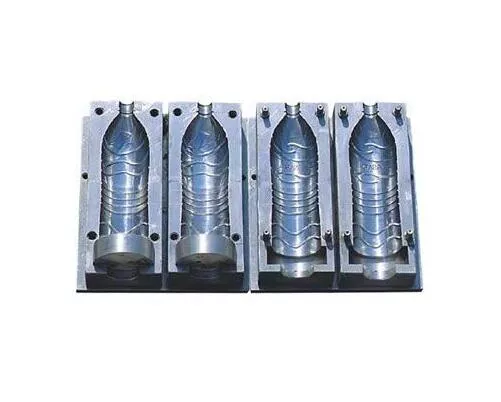
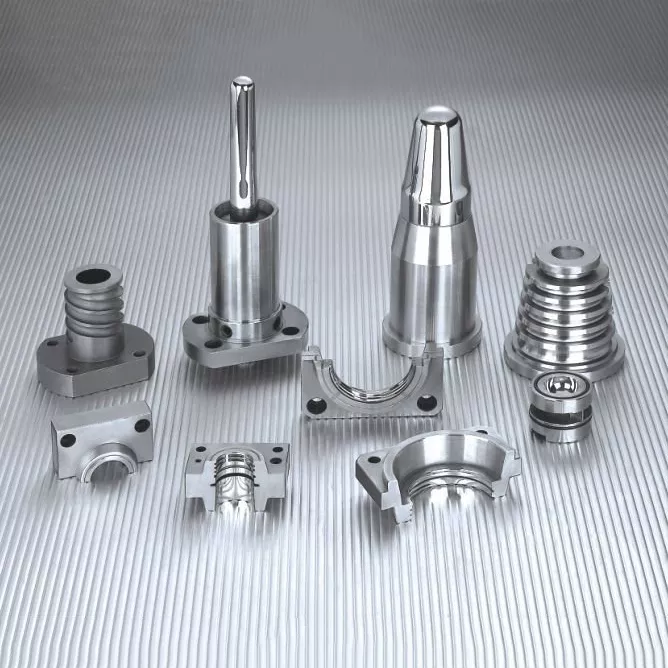
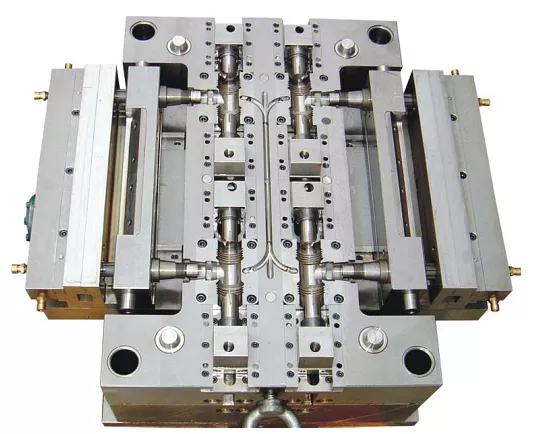
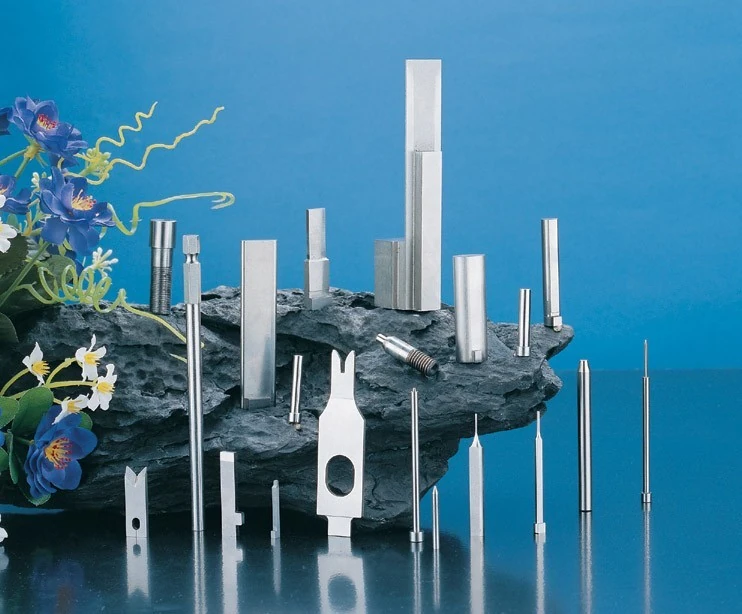
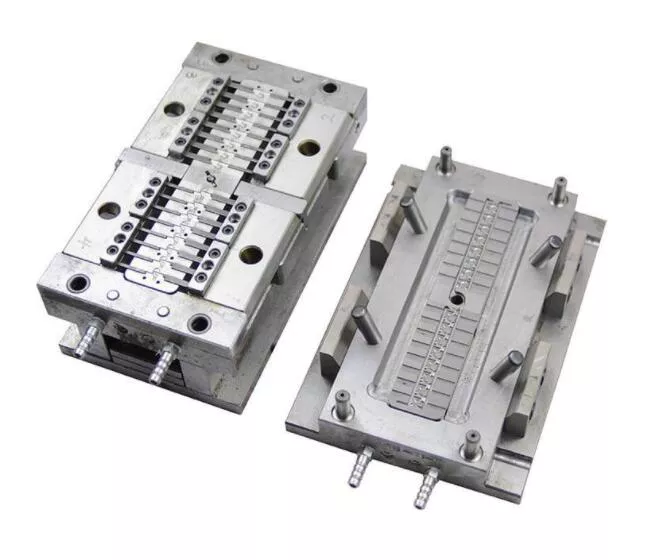
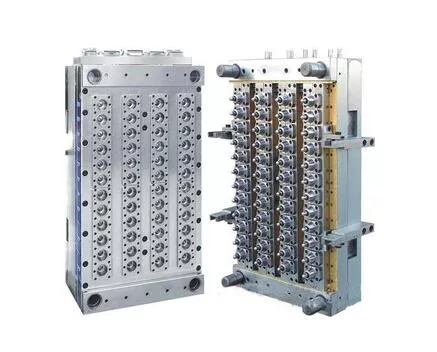
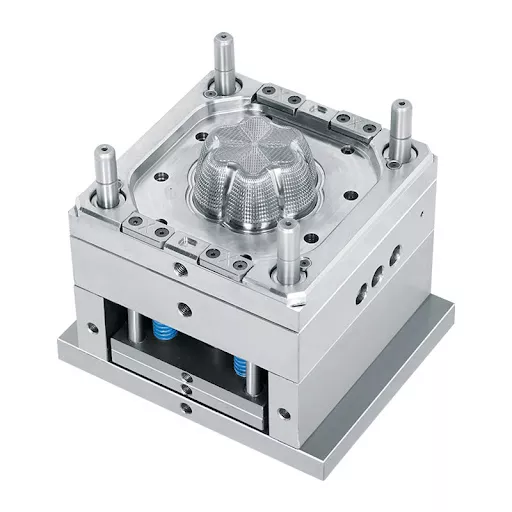
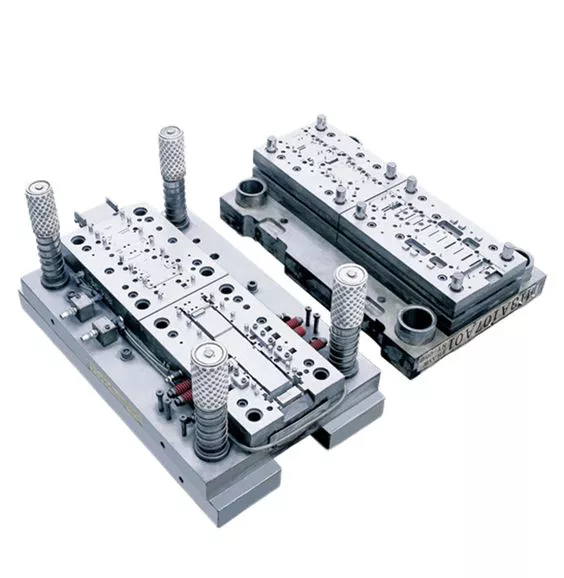
Kirim Pertanyaan Anda Sekarang